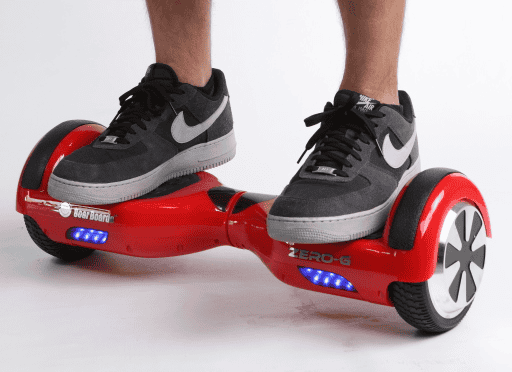Drones and Hoverboards Test Limits of Law

People have used hoverboards on sidewalks, parks, and even in buildings, and drones been used for both entertainment and commercial purposes. Although hoverboards and drones have been used by many in harmless ways, these products have gained media attention because of misuse and accidents.
In the United Kingdom, drones are used by the police to assist them in their work. Live camera footage from drones aid them in searches and fire fighting. The drone camera can also be used to take pictures and to record videos. Another key feature is the drone’s ability to carry objects. Amazon Prime Air is currently building and testing drones in the U.S. and U.K. for use in package delivery. Disney is also planning to use drones as part of its theme park shows, and is currently waiting for authorization from the Federal Aviation Authority (FAA).
Recently, the FAA made a new law banning drones from airports and other restricted areas. The law, effective on December 21, states that everyone who owns a drone, or any remote controlled flying vehicle, will have to register with the FAA. Not doing so can result in penalties and charges.
Hoverboards are two-wheeled electronic boards that can travel up to 16 mph. They weigh around 25 pounds and come with a rechargeable battery. Costing around $400 to $500, hoverboards are manufactured mostly in China. The original and first hoverboard, called the Hovertrax, costs $1000 and was created by inventor Shane Chen. According to an article in The Guardian, Shane Chen hasn’t made much money off his own product as Chinese manufacturers have capitalized on making and selling knock-offs at lower prices.
Some of the cheaper hoverboards have proven to be poorly made, overheating and catching fire due to overheated lithium ion batteries. These accidents have led to injuries and property damage. As a result, many organizations have banned the use of hoverboards on their properties. The University of Florida has banned them from its campuses. Major U.S. airlines—Delta, American and United—and many other airlines have banned hoverboards on their planes. On January 1, a new law in California states that in order to ride the hoverboard, you must be 16 years or older, and must wear a helmet.
Drones like quadcopters are available for as little as $30 while bigger drones or those with built-in cameras and other functions can cost upwards of $1000.
2 Comments

Hi, I noticed your grammar is off. It should be “test,” not “tests.” Have a nice day! 🙂
Thanks for catching our typo!